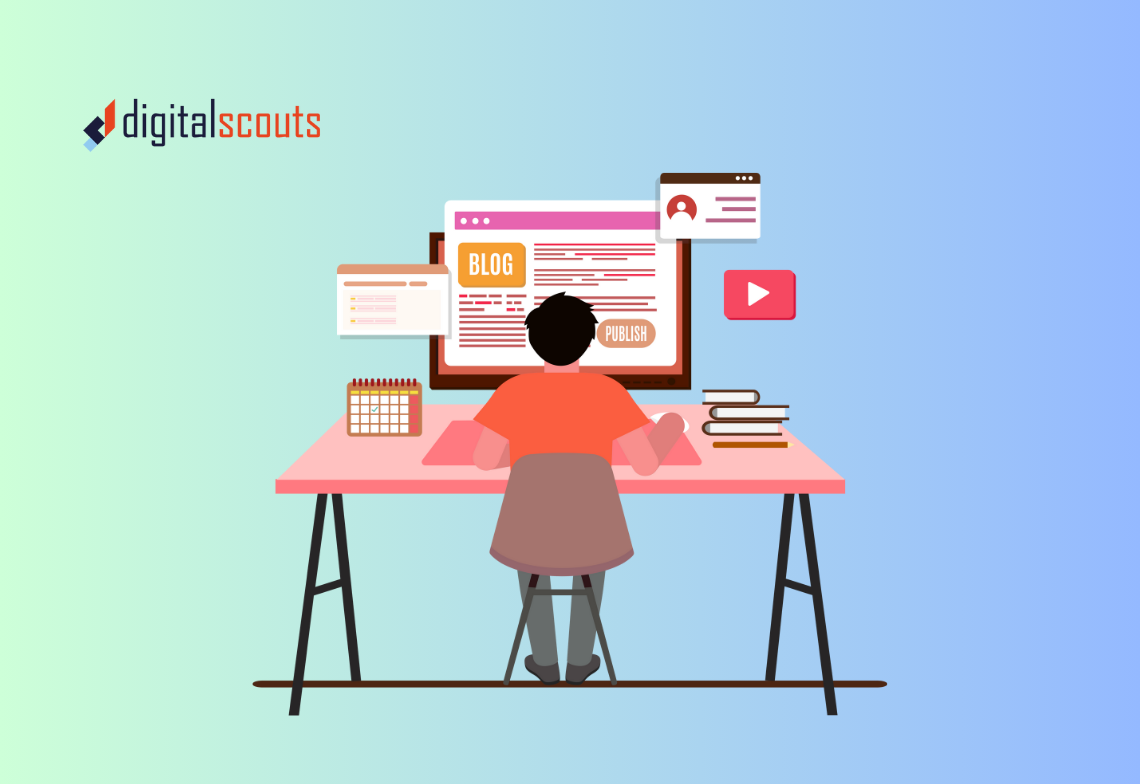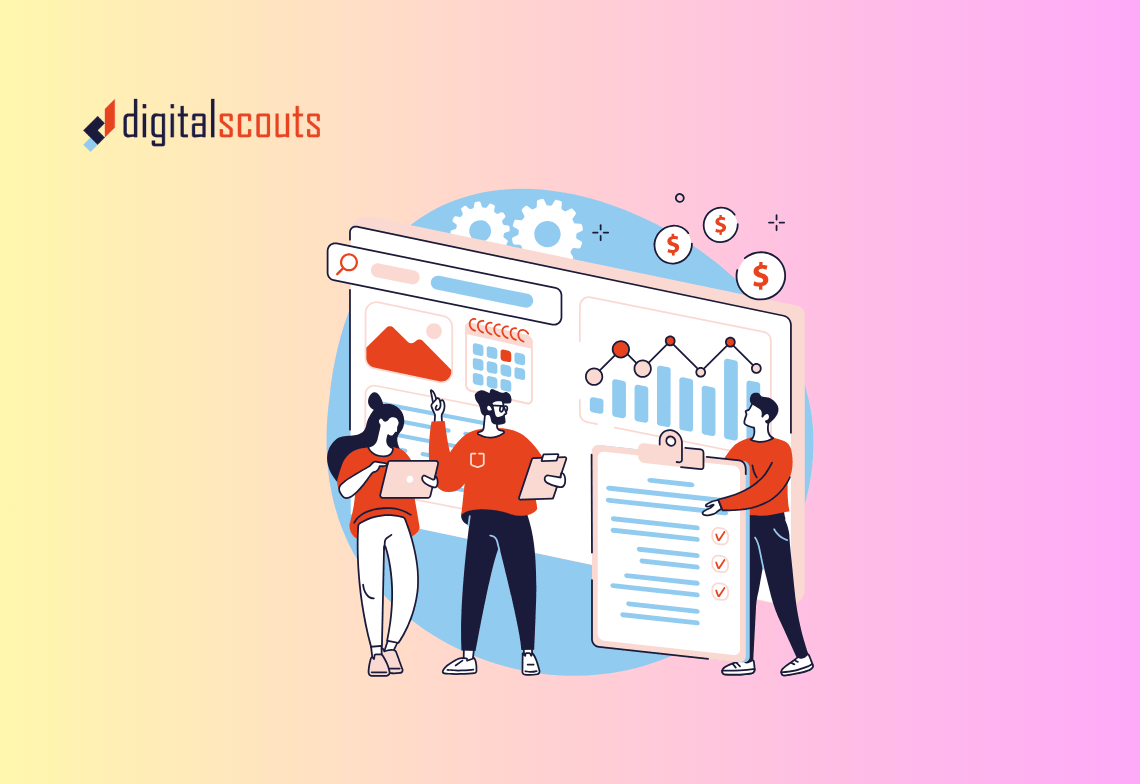Understanding your audience is no longer a nice-to-have — it’s the foundation of predictable revenue.
Traditional personas built on job titles and demographics tell you who your buyers are. But they rarely tell you why they buy, what drives urgency, or what they need to see before saying yes.
In a B2B world shaped by long buying cycles, complex decision committees, and multiple digital touchpoints, you need buyer personas that go beyond surface detail.
This is where data-driven, hyper-relevant B2B buyer personas come in. They combine behavioural, psychographic, and contextual insights with CRM and marketing automation data to create profiles that improve segmentation, targeting, and conversion.
This guide walks through a proven framework for building modern buyer personas that do more than describe — they drive pipeline.
The limits of traditional personas
For years, B2B marketers relied on personas based on title, company size, and industry. That worked when decision-making was linear. It no longer is.
Today, two CMOs in similar companies may have entirely different motivations, pain points, and success metrics. One might be focused on brand transformation, the other on lead volume. Their content preferences, buying triggers, and evaluation criteria are worlds apart.
Demographics alone cannot explain behaviour. Relying on them leads to broad messaging, misaligned campaigns, and poor lead quality.
Effective personas are built on data — how your best customers behave, what questions they ask, and what paths they take before purchase.
The new standard: Hyper-relevant, data-informed personas
Hyper-relevant personas go beyond who your buyers are. They explain how they think, what they prioritise, and how they make decisions.
These personas blend quantitative and qualitative insights, creating a living reference point for marketing, sales, and RevOps alignment.
A high-performing persona includes:
-
Firmographic details: title, company size, sector, and decision-making level
-
Psychographics: motivations, goals, and perceived risks
-
Behavioural data: website engagement, content preferences, and lead source patterns
-
Buying triggers: events or internal pressures that create urgency
-
Preferred communication styles: short-form insights, demos, webinars, or peer examples
The goal is not just accuracy. It is actionability — enabling better segmentation, messaging, and content design across your HubSpot CRM, campaigns, and sales workflows.
Step 1: Gather data that reveals intent
Good personas are grounded in evidence, not assumptions. Start by collecting and analysing customer data from multiple sources.
Internal sources:
-
HubSpot CRM: identify your most successful deals and recurring patterns in company type, deal size, and time to close
-
Sales feedback: capture common objections, pain points, and decision roles
-
Customer success data: learn what value current customers attribute most to your solution
External sources:
-
Customer interviews or surveys to reveal decision logic and evaluation criteria
-
Industry forums, LinkedIn groups, and social listening for language and sentiment
-
Competitive analysis to see how your audience responds to other players
Your goal at this stage is to connect quantitative and qualitative dots — understanding what drives your best-fit customers and what signals indicate readiness to buy.
Step 2: Identify meaningful buyer segments
Not all customers are equal. Within your total addressable market, clusters of buyers share common traits, challenges, or success metrics.
Segment your data by:
-
Industry or vertical: where your message resonates most
-
Company size or maturity stage: which influences budget and buying cycles
-
Job function or role: to tailor content and outreach
-
Primary challenge or use case: such as compliance, automation, or lead generation
The goal is to group buyers in ways that inform strategy — not just to describe them.
In HubSpot, you can use smart lists, deal data, and lifecycle stages to visualise which segments generate the highest ROI or shortest conversion paths.
Step 3: Build detailed persona profiles
Each key segment should evolve into a complete persona that marketing and sales can use daily.
Include these elements:
-
Background: job title, responsibilities, and KPIs
-
Goals: what success looks like in their role
-
Challenges: what prevents them from reaching those goals
-
Buying behaviour: where they research, how they evaluate, and who else is involved
-
Information sources: podcasts, trade publications, analysts, or communities
-
Common objections: what holds them back from buying
-
Decision triggers: events that prompt them to act (budget renewals, regulation changes, tech stack reviews)
Add personality to each persona — not fiction, but relatable context. Include direct quotes from customer interviews or call transcripts to reflect authentic voice and phrasing.
Step 4: Translate insights into campaigns
A persona’s value lies in how it informs strategy. Every campaign, content asset, and sales sequence should connect to at least one persona outcome.
Content strategy alignment:
-
Map each persona to funnel stages: awareness, consideration, and decision
-
Create targeted content clusters for each stage (guides, webinars, case studies)
-
Build email nurture paths tailored to persona-specific challenges
-
Use HubSpot smart content to adapt messaging based on persona attributes
Channel strategy:
-
Identify where each persona spends time — LinkedIn, Slack communities, or industry events
-
Match channel tone and message style to audience context
Sales enablement:
-
Create persona playbooks in HubSpot for SDRs and account managers
-
Include conversation starters, common pain points, and relevant proof points
When personas guide both marketing and sales touchpoints, the buyer experience feels consistent and intentional.
Step 5: Measure engagement and refine continuously
Personas are not static. They evolve as markets shift, roles change, and your product matures.
Set a cadence to review your personas every six months. Use CRM and analytics data to validate assumptions.
Key validation metrics:
-
Conversion rates by persona segment
-
Content engagement and click-through rates
-
Pipeline value and velocity by persona
-
Close rate consistency for each segment
Refine the profiles with new insights from recent deals or emerging customer behaviour.
Modern tools like HubSpot, Clearbit, and Mutiny can automatically enrich persona data and trigger updates when contacts change roles or companies.
Step 6: Align personas with RevOps and data systems
A persona only creates value when it connects across marketing, sales, and customer success.
In HubSpot:
-
Tag contacts with persona properties for reporting and segmentation
-
Automate workflows that trigger based on persona type
-
Personalise nurture sequences and ads dynamically
In RevOps:
-
Tie persona data to lifecycle metrics — from lead to customer to expansion
-
Evaluate revenue efficiency by persona
-
Use data to forecast pipeline more accurately based on fit and conversion probability
When personas feed into RevOps dashboards, marketing no longer measures impressions — it measures impact.
Step 7: Apply personas to product, content, and brand strategy
Beyond campaigns, buyer personas help shape what you build and how you communicate.
For product:
Use persona feedback loops to prioritise roadmap features aligned with high-value segments.
For content:
Develop resource hubs that speak to recurring challenges or use cases surfaced by your personas.
For brand:
Reflect persona language and tone across your website, ads, and sales assets for consistent recognition and trust.
By tying every marketing activity back to a defined persona, you turn audience understanding into strategic differentiation.
Bringing it all together
High-performing B2B marketing teams treat buyer personas as living systems, not static documents. They continuously refine them using data, automation, and customer feedback — ensuring every campaign aligns with revenue outcomes.
At Digitalscouts, we help B2B organisations connect marketing insight to measurable growth. Using CRM data, AI tools, and HubSpot automation, we build personas that turn audience understanding into pipeline performance.
Ready to build buyer personas that connect insight with impact?
Contact Digitalscouts to discuss your persona strategy and RevOps alignment.
Frequently Asked Questions
About Author
Ashish is a B2B growth strategist who helps scaleups align marketing and sales through Account-Based Marketing (ABM), RevOps, and automation. At DigitalScouts, he builds scalable content engines, streamlines lead flows with HubSpot, and runs targeted GTM programs to drive predictable pipeline. He regularly shares insights on using AI and automation to power ABM and accelerate complex buyer journeys.




.png?width=94&height=94&name=Landing%20page%20that%20convert%20(1).png)



